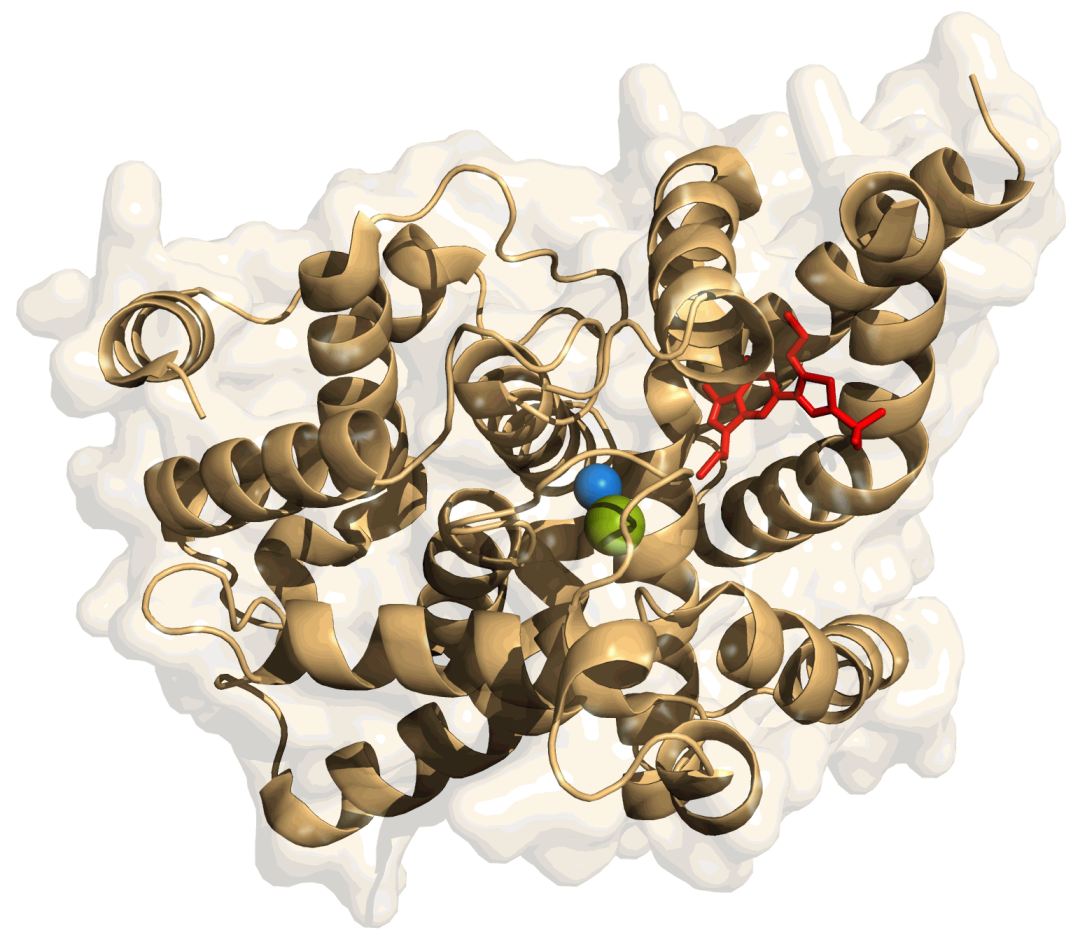|
Trequinsin
Trequinsin is a phosphodiesterase inhibitor A phosphodiesterase inhibitor is a drug that blocks one or more of the five subtypes of the enzyme phosphodiesterase (PDE), thereby preventing the inactivation of the intracellular second messengers, cyclic adenosine monophosphate (cAMP) and cyc .... It has been shown to improve sperm motility ''in vitro''.McBrinn RC, Fraser J, Hope AG, Gray DW, Barratt CLR, Martins da Silva SJ, Brown SG. Novel pharmacological actions of trequinsin hydrochloride improve human sperm cell motility and function. ''Br J Pharmacol''. 2019 Dec;176(23):4521-4536. References Phosphodiesterase inhibitors {{organic-compound-stub ... [...More Info...] [...Related Items...] OR: [Wikipedia] [Google] [Baidu] |
Phosphodiesterase Inhibitor
A phosphodiesterase inhibitor is a drug that blocks one or more of the five subtypes of the enzyme phosphodiesterase (PDE), thereby preventing the inactivation of the intracellular second messengers, cyclic adenosine monophosphate (cAMP) and cyclic guanosine monophosphate (cGMP) by the respective PDE subtype(s). The ubiquitous presence of this enzyme means that non-specific inhibitors have a wide range of actions, the actions in the heart, and lungs being some of the first to find a therapeutic use. History The different forms or subtypes of phosphodiesterase were initially isolated from rat brains in the early 1970s and were soon afterward shown to be selectively inhibited in the brain and in other tissues by a variety of drugs. The potential for selective phosphodiesterase inhibitors as therapeutic agents was predicted as early as 1977 by Weiss and Hait. This prediction meanwhile has proved to be true in a variety of fields. Classification Nonselective PDE inhibitors Methyla ... [...More Info...] [...Related Items...] OR: [Wikipedia] [Google] [Baidu] |
Sperm
Sperm is the male reproductive cell, or gamete, in anisogamous forms of sexual reproduction (forms in which there is a larger, female reproductive cell and a smaller, male one). Animals produce motile sperm with a tail known as a flagellum, which are known as spermatozoa, while some red algae and fungi produce non-motile sperm cells, known as spermatia. Flowering plants contain non-motile sperm inside pollen, while some more basal plants like ferns and some gymnosperms have motile sperm. Sperm cells form during the process known as spermatogenesis, which in amniotes ( reptiles and mammals) takes place in the seminiferous tubules of the testes. This process involves the production of several successive sperm cell precursors, starting with spermatogonia, which differentiate into spermatocytes. The spermatocytes then undergo meiosis, reducing their chromosome number by half, which produces spermatids. The spermatids then mature and, in animals, construct a tail, or flagellum, ... [...More Info...] [...Related Items...] OR: [Wikipedia] [Google] [Baidu] |
